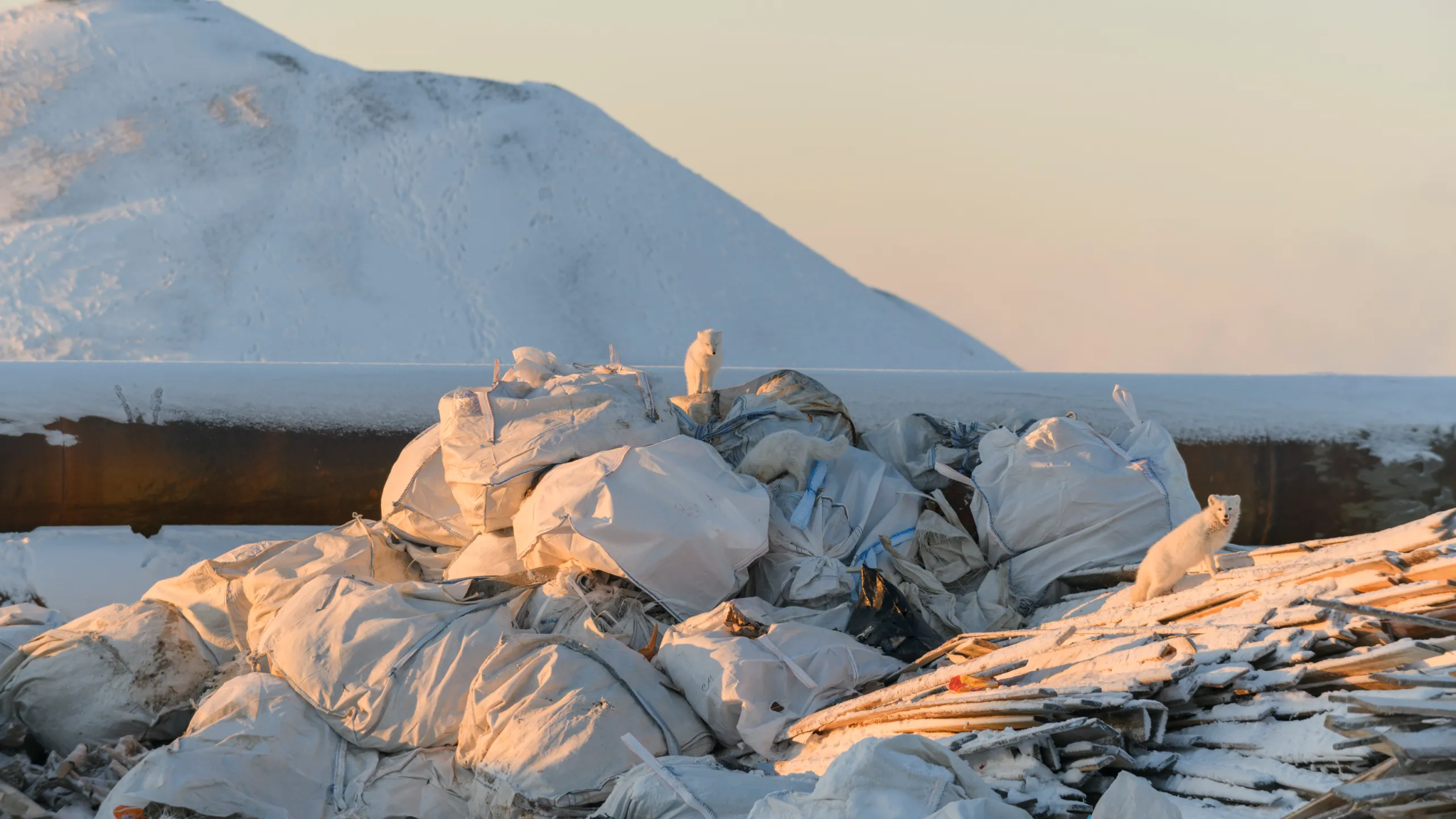Description

Disclaimer: Copyright infringement not intended.
Context:
- A new report titled "The Arctic’s Plastic Crisis: Toxic Threats to Health, Human Rights, and Indigenous Lands from the Petrochemical Industry" raises concerns about the accumulation of chemicals and plastics in the Arctic, posing risks to the 13 million inhabitants of the region.
The report and its findings:
- Upcoming Negotiations in Ottawa: The report comes ahead of negotiations for a Global Plastic Treaty scheduled to begin in Ottawa, Canada, on April 23, 2024. These negotiations aim to address plastic pollution, including in the marine environment.
- Interconnected Challenges: The report highlights the interconnected challenges of plastics, toxic chemicals, and climate change in the Arctic, all stemming from fossil fuel production and use.
- Global and Local Pollution: Plastics and chemicals produced worldwide are transported to the Arctic through atmospheric and oceanic currents, contributing to pollution. Additionally, local pollution from the fossil fuel industry further exacerbates the situation.
- Industry Impact: Multinational oil and gas corporations operating in Alaska have a history of environmental violations, contributing to air pollution and hazardous substance releases in the Arctic.
- Future Outlook: Despite the shift towards renewables, the fossil fuel industry plans to increase petrochemical and plastics production in the Arctic, further threatening the region's inhabitants and exacerbating climate change.
Recommendations of the report
- The report advocates for a Just Transition framework aimed at shifting the Arctic and the world towards a regenerative economy, fostering healthy and equitable communities.
- The report also recommends ending government subsidies to the fossil fuel and petrochemical industries, supporting clean and renewable energy, and halting the expansion of the industry in the Arctic. It also highlights efforts by Alaskan communities to transition towards a post-extractive future focused on Indigenous values.

Ways forward to address the Arctic's plastic crisis:
- Policy Reform and Regulation: Implement comprehensive policies and regulations to reduce plastic production, consumption, and pollution in the Arctic region. This may include bans or restrictions on single-use plastics, extended producer responsibility schemes, and incentives for eco-friendly alternatives.
- International Cooperation: Foster collaboration among Arctic nations and the global community to address plastic pollution through multilateral agreements and initiatives. This may involve sharing best practices, data, and resources to develop coordinated responses to the crisis.
- Community Engagement and Education: Empower Arctic communities, particularly Indigenous peoples, to participate in decision-making processes and solutions related to plastic pollution. Provide education and awareness programs to promote sustainable practices, waste management, and the importance of preserving the Arctic environment.
- Investment in Waste Management Infrastructure: Allocate resources for the development and improvement of waste management infrastructure in Arctic communities, including recycling facilities, collection systems, and disposal sites. This will help prevent plastic waste from entering the environment and promote circular economy principles.
- Research and Innovation: Support scientific research and innovation to better understand the sources, impacts, and mitigation strategies of plastic pollution in the Arctic. Invest in technologies for plastic detection, monitoring, and clean-up efforts, as well as the development of biodegradable alternatives to traditional plastics.
Source: https://www.downtoearth.org.in/news/waste/run-up-to-ottawa-arctic-a-hemispheric-sink-for-chemicals-plastics-13-million-people-in-region-at-risk-says-report-95604
|
PRACTICE QUESTION
Q) Discuss the findings and recommendations of the report titled "The Arctic’s Plastic Crisis: Toxic Threats to Health, Human Rights, and Indigenous Lands from the Petrochemical Industry." How can international cooperation, policy reforms, and community engagement address the challenges posed by plastic pollution in the Arctic region? (250 Words)
|











